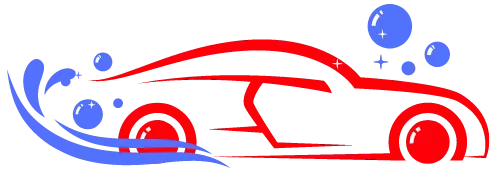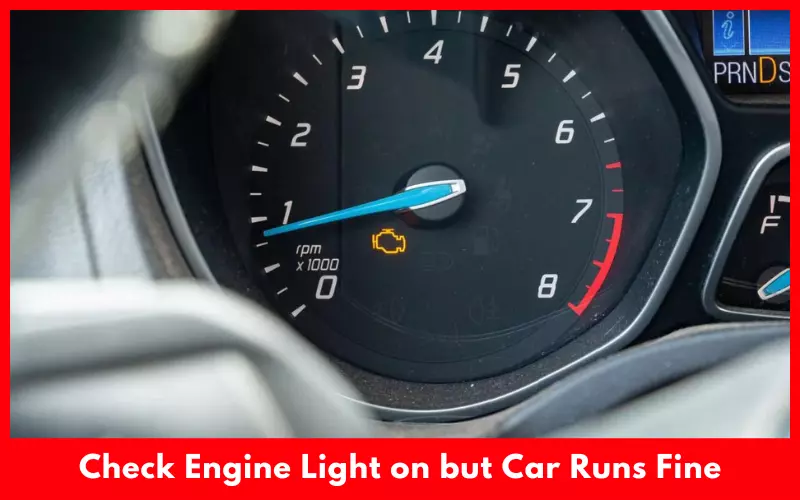Whenever drivers notice a check engine light on but car runs fine, they think about serious fault codes stored in the computer or major internal issues that affect the car’s performance. However, some drivers experience the check engine light on but the car runs fines. It can happen if the ECU detects minor issues like a loose gas cap or faults in the O2 sensor or MAF sensor.
A damaged catalytic converter, spark plug or transmission issue also causes this problem. Though it’s safe to drive in this condition, you should inspect the car by a mechanic and deactivate the light by solving the underlying issue.
Article Summary
Check Engine Light on but Car Runs Fine mean?
This can happen if there is a minor problem in your car. Car ECU doesn’t always trigger the check engine light for major issues. Simple issues like sensors out of range, emissions faults, or transmission problems can cause this issue.
Check engine light even can come on if you don’t properly tighten the gas cap after refuelling. In this case, your vehicle will work fine even with the CEL on. The CEL may also come on and won’t affect the car’s performance if the computer detects any fault codes.
If the check engine light doesn’t blink and the engine run properly, you shouldn’t worry. It’s a minor issue that you can address at your convenience. However, you shouldn’t ignore it for a long time. Have your car checked by a mechanic with an OBD reader and fix the problem before it turns into an expensive repair.
If the light blinks, the engine may be misfiring, the spark plug become overheated or the fuel tank get a leak. If so, tow your vehicle to the mechanic shop instead of driving.
Can You Drive Car After Getting a Check Engine Light?
The warning light on the dashboard is color coded. If the dashboard shows RED light that indicates low oil pressure or brakes, shut off the engine immediately. But if the vehicle shows orange light like a check engine light, it’s less serious and you should address it quickly instead of urgently. Bring the car to stores like O’Reilly Auto and AutoZone to check the error codes for free and suggestion of potential reasons.

If the error light comes on due to a silly problem like a loose gas cap, you can drive the car year with the CEL. But if the light blinks and the mechanic finds more serious problems like engine misfire, you should stop driving the car until fixing the problem.
Misfire can put down the unburned fuel into the exhaust system, overheat the catalytic converter and cause self destruct. To find out what causing the CEL to illuminate and fix the problem no matter if it is silly or serious.
Common Reasons of Check Engine Light
If your car doesn’t show other problem but the CEL and run efficiently, most possibly a minor issue causing the problem. It can be the loose gas cap or a false alarm from the check engine light. Below are some of most potential reasons that can trigger CEL without affecting the car’s performance
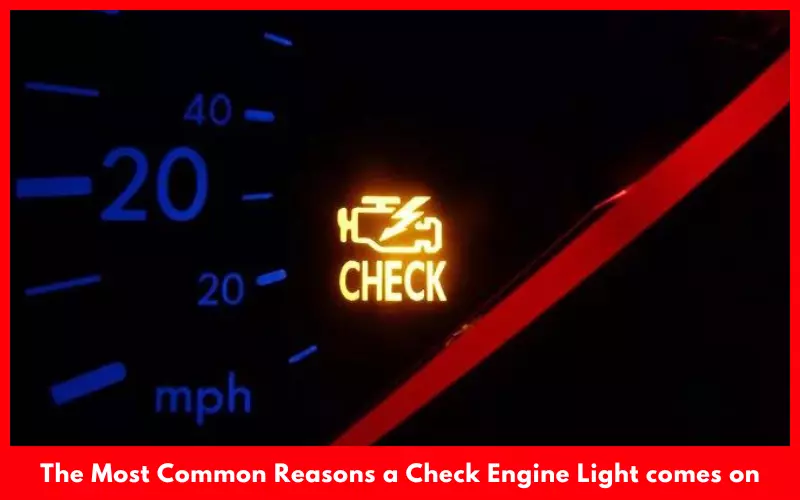
1. Loose Gas Cap
Mechanic finds that most of the time CEL comes on due to evap leaks made in a gas cap that isn’t tightened enough or missing completely. Many car owners take off and leave the gas cap on the top of the gas pump during refueling and start driving without replacing it. Worn out seal in the cap also trigger CEL which doesn’t affect the car’s performance immediately.
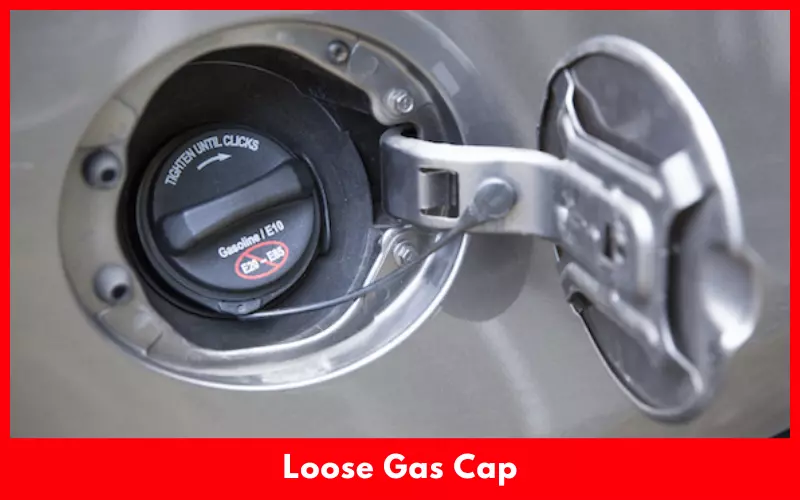
To avoid this problem, tighten the gas cap by turning clockwise until you hear a clicking noise. But if the gas cap gets damaged, replace it.
2. Oxygen Sensors
Another most commonly found code for CEL is oxygen sensors. Though faulty oxygen sensors don’t show any obvious signs, they can activate the check engine light. Many people also mistakenly unplug the O2 sensor during oil changes which can result in CEL but no effect on the car’s performance immediately. But damaged oxygen sensors can cause the car idle, reduce gas mileage, and fail to emission test.

3. Damaged Catalytic Converter
The catalytic converter absorbs the engine’s harmful emissions. If it’s damaged or fail, some emission may leak into the environment while some may stuck in the engine. So if your car shows CEL when the engine is hot, possibly a result of the damaged catalytic converter.

Though it won’t hurt the car’s performance quickly, you may notice dark smoke coming from the car’s exhaust. In this case, you shouldn’t drive the vehicle for long as it can cause the engine serious wear and tear. To solve this problem, you’ll have to replace the catalytic converter as it’s difficult to repair this system, particularly dealing with noxious chemicals.
4. Dirty MAF Sensor
The mass airflow (MAF) sensor measures the air that comes into the engine and informs the computer to adjust the O2 sensor. If this sensor fails or gets damaged due to contamination, the car’s computer can get false reading and activate the CEL. If not repaired quickly, a faulty MAF sensor can damage the spark plug, catalytic converter, and oxygen sensor and lower the fuel economy.

5. Worn-out Spark Plug
If your car’s check engine light is on but the vehicle running fine, check the spark plug for worn out or faults in the ignition system. It can be a common issue as spark plug need to replace every 100,000 miles. Keeping driving with a bad spark plug can cause the vehicle to stall.
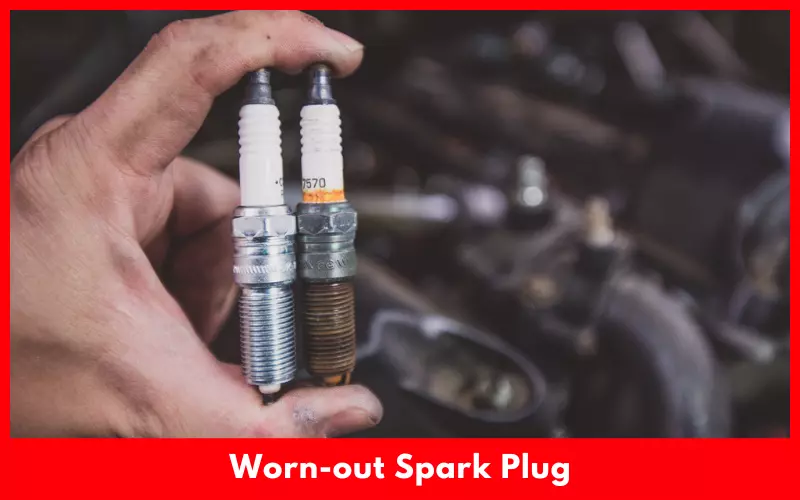
6. Transmission Issues
The transmission system of a car converts the engine’s power into a rotating motion to run the car’s wheel. It works closely with the engine. So if there is any problem in the transmission system, the engine and the exhaust system will be affected. The ECU will also detect the problem and activate the check engine light.
7. Overheating Engine
Car’s computer also activates the CEL if the engine becomes overheated. Though your car will run fine with an overheated engine, keep driving too long can cause mechanical failure. In the worse case, you may notice smoke coming from under the hood.

To avoid further damage, stop driving the car and cool down its engine. it may take around a few hours but will deactivate the CEL warning light and save the whole engine from damage.
What to do when Check Engine Light on but the Cars Run Fine?
Since your car is running fine, you may want to ignore the check engine light. Doing so can make driving risky, stick you on the mid-road, and cause expensive repairs. Instead, park the car in a safe area, diagnose the car for error code, and then repair the car accordingly. If you don’t know how to diagnose a check engine light, follow this procedure:
- Turn off the car. Find the OBD-II port that is usually placed under the dashboard panel and the driver’s wheel.
- Plug in the reader and turn on the vehicle.
- Turn on the scanner and press the run or scan button.
- Wait until the scanner shows an error code on the display.
- After getting the error code, decode it by searching online or taking the aid of your car’s owner’s manual. If you are confused, note the codes and inform the mechanic.
FAQs
What does solid check engine light mean?
A steady or solid check engine light of a car mostly indicates a non-emergency issue like a loose gas cap. However if the check engine light flash, the car may have serious problems that require immediate attention.
How long can you run a car with a check engine light on?
It usually depends on the underlying problem that triggers the check engine light. for example, if it is the result of a loose gas cap, you can drive for a year. But if the transmission issue or bad O2 sensor triggers the light, you shouldn’t drive more than 100 miles. However, you should scan the computer and find the exact code that causes the CEL so you can turn it off and drive safely.
Can I turn my check engine light off?
Yes, you can turn off the check engine light by turning on and off the car a couple of times. However, it’s better to connect an OBD scanner and clear the error codes from the computer to deactivate the CEL. If the light comes back on after a while, inspect the vehicle with an expert mechanic to solve the issue and disappear the warning light.
Final Words
If you experience a check engine light on but the car runs fine, don’t get panic. Possibly your car’s computer detects a fault code or you simply leave the gas cap loose that causing the issue.
Since your car is running fine, the issue isn’t concerning and you can keep driving the car confidently. However, noticing CEL is annoying and introduces severe issues. So it’s better to find the fault codes or inspect the car physically to deactivate the warning light.
